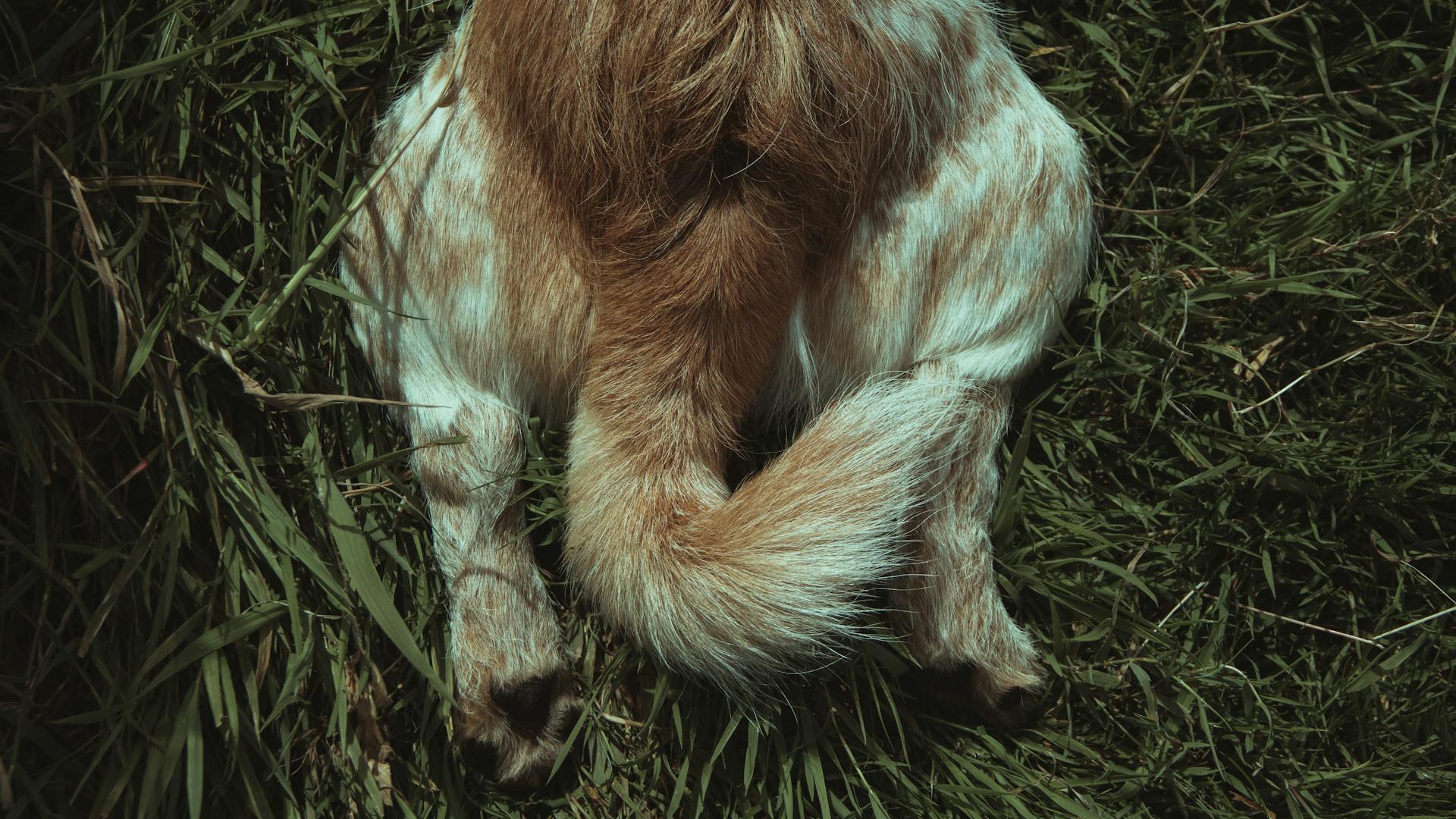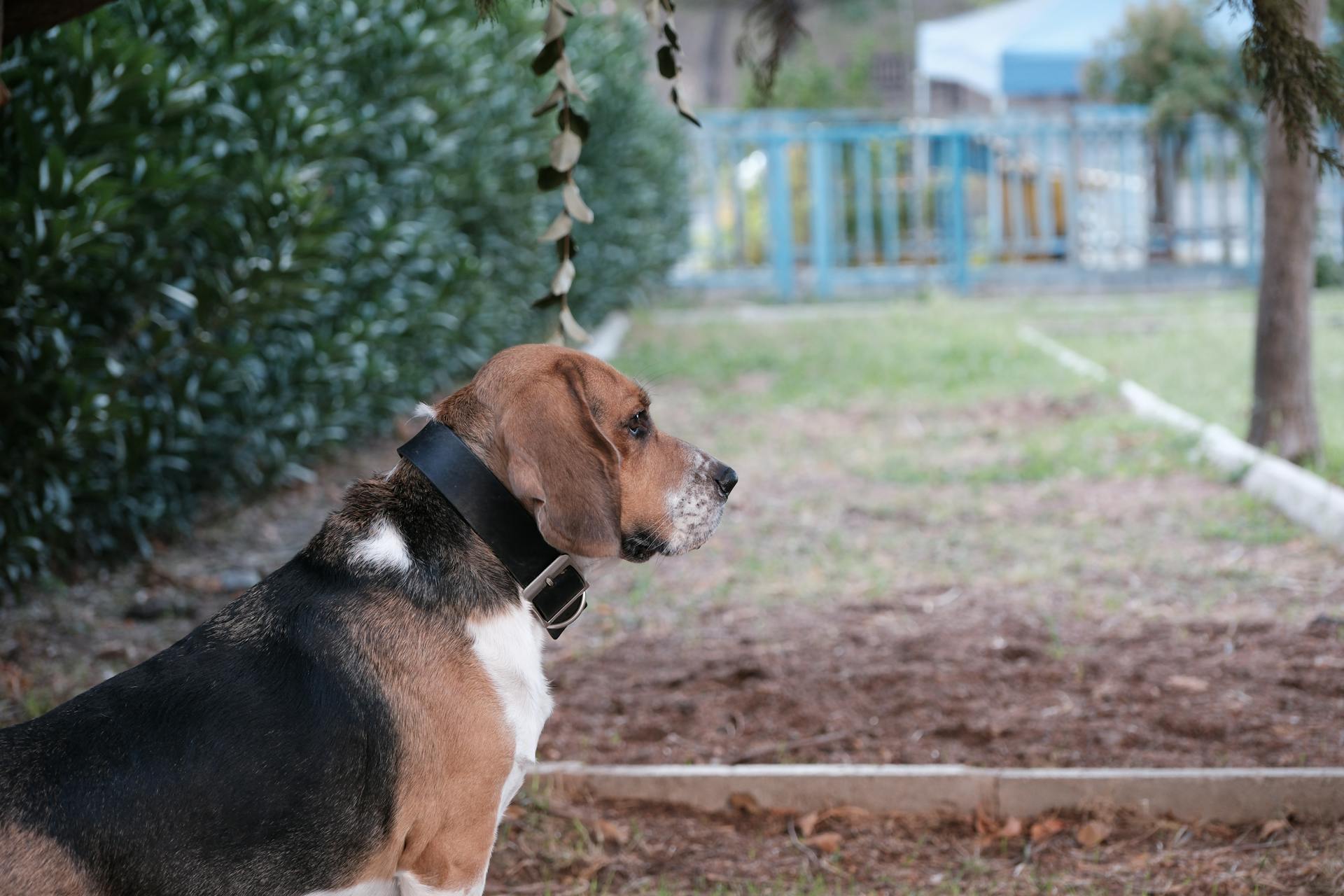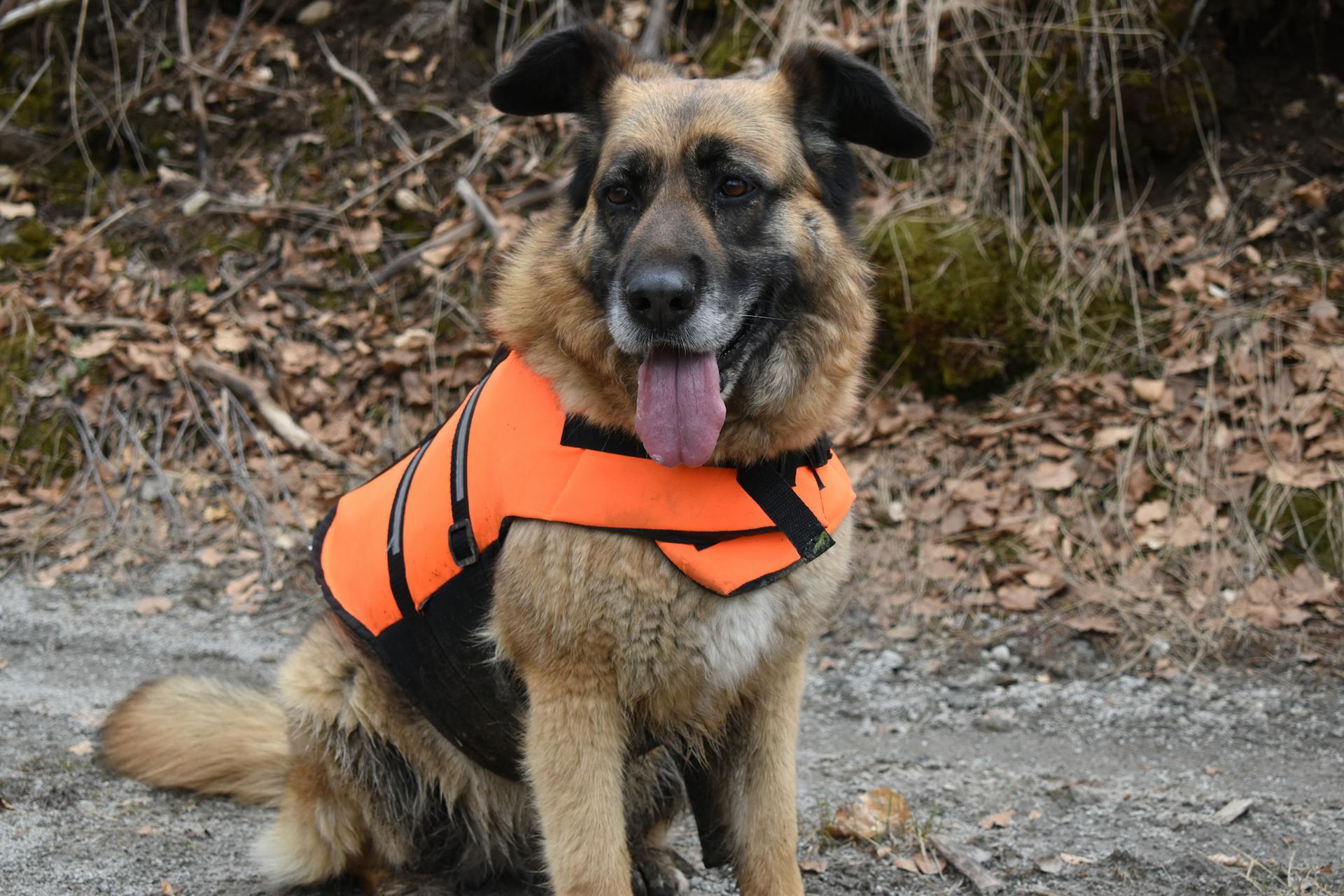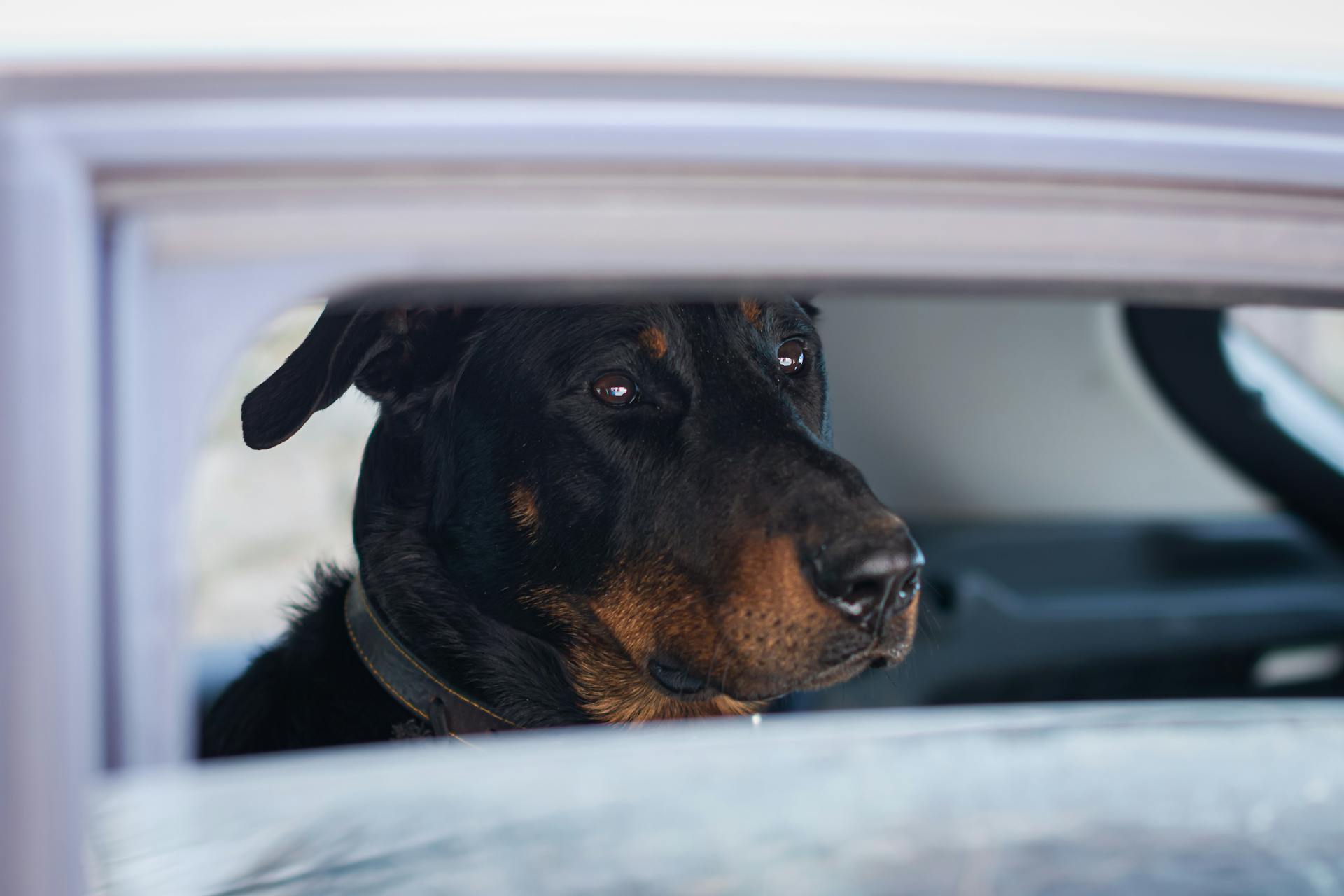
The Plott Hound's rich history dates back to the 18th century.
Their origins are rooted in Germany, where they were bred as hunting dogs for wild boar.
Brought to America by Johannes Plott, a German immigrant, the breed quickly gained popularity for its tracking skills.
In the 19th century, the Plott Hound became a staple in North Carolina's hunting scene, particularly for hunting raccoons and other small game.
Breed Characteristics
The Plott Hound is a versatile hunting breed, with a strong instinct for tracking and treeing game.
This breed is known for its intelligence and athleticism, making it a popular choice for hunters and families alike.
Plott Hounds are medium-sized dogs with a muscular build, typically weighing between 45-60 pounds and standing between 19-24 inches tall at the shoulder.
Their short, smooth coats require minimal grooming, making them a great choice for busy owners.
North Carolina State Dog
The North Carolina State Dog is the Plott Hound. This breed has a rich history in the state, dating back to the 18th century.
The Plott Hound was originally bred to hunt boar and other large game. Its strong prey drive and keen sense of smell make it well-suited for this task.
This breed is known for its distinctive brindle coat, which can vary in color from a dark brown to a light tan. The Plott Hound's short, smooth coat requires minimal grooming.
The Plott Hound is a medium-sized dog, typically weighing between 50 and 70 pounds. Its athletic build and muscular physique make it a formidable hunting companion.
The breed's loyalty and affection towards its family are legendary. Plott Hounds are known to form strong bonds with their owners and can make great family pets.
Breed Group
If you're curious about your dog's breed group, you can check out Wisdom Panel's DNA tests to get a better understanding of their ancestry.
Plott Hounds are one example of a breed that can be identified through DNA testing, specifically with Wisdom Panel's tests.
The breed group of your dog is an important factor in understanding their characteristics and traits.
You might enjoy: Hound Dog in Spanish
Temperament

The Plott Hound is a breed that's eager to please, but their independent streak can make training a challenge. They're loyal and alert when they're with people, making them great companions.
Their bold and aggressive nature when hunting in the fields means they require experienced handlers who can provide the right guidance and support.
In the right environment, the Plott Hound's intelligence and athleticism shine through, making them a joy to be around.
Hunting and Training
Training is crucial for Plott Hounds, as they can become aggressive over food or toys if left untrained.
Early training is essential to prevent undesirable behaviors, but it's also important to remember that this breed can be stubborn, requiring patience and consistency.
If you don't give your Plott Hound enough attention, they may turn to undesirable hobbies, making regular exercise and playtime a must.
You might enjoy: Plott Hound Training
Plott Hounds: Natural Hunters
Plott Hounds are natural hunters, and it's no surprise why they're so good at it. They're fearless and intelligent, making them a perfect combination for big game hunting.
Their pinpoint-accurate nose is a key trait that helps them track down their prey. The Plott family used their Hanover hounds to hunt big game, including wild boar and bears.
Plott Hounds are also known for their loud, musical bay that can be heard over a great distance. This unique trait helps them communicate with their human hunters.
These dogs have been bred for generations to excel in hunting, with seven generations of the Plott family breeding them in the mountains of North Carolina. Their ancestry is German, with Johannes Plott bringing five Hanover hounds to America in the mid-1700s.
The Plott Hound is a Coonhound breed that originated in the United States without any English Foxhound ancestry. They became famous as Coonhounds and eventually carried the family Plott name.
In 1989, the Plott Hound became the state dog of North Carolina, a testament to their importance in the state's hunting heritage.
A unique perspective: Hanover Hound
Training
Training a Plott Hound requires patience and early attention, as they can become aggressive over food or toys if left untrained.
If you don't provide your Plott Hound with enough attention, they may turn to undesirable hobbies.
Early training is crucial to prevent them from becoming standoffish and wary of strangers.
This breed can be stubborn, so be prepared to put in the time and effort required to train them effectively.
With consistent training and socialization, your Plott Hound can develop into a well-behaved and loyal companion.
Frequently Asked Questions
Why are Plott Hounds so rare?
Plott Hounds remained rare outside the southern United States for centuries due to the Plott family's limited breeding and sale of the dogs. Their rarity has only recently changed with increased availability.
What breeds make the Plott Hound?
The Plott Hound is a cross between Hanoverian and Blevin (a black and tan hound) breeds. This unique heritage makes the Plott a distinct and formidable hunting breed.
Featured Images: pexels.com


